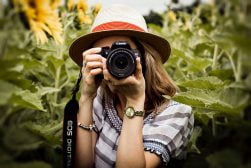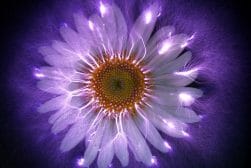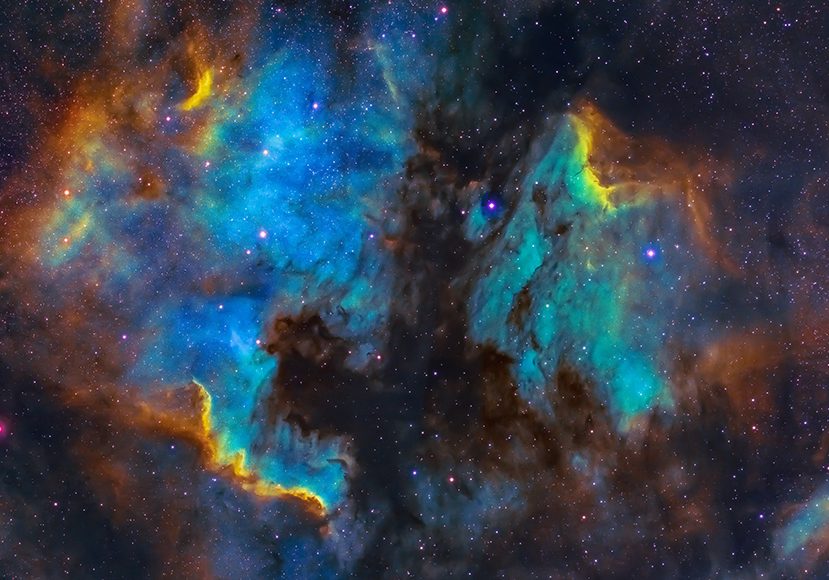
Scientific Photography: Intricate World of Research & Discovery
Dive into the world of scientific photography, where precision meets art to capture intricate details and phenomena for research and discovery.
Learn | By Jeff Collier
This article will teach you all about scientific photography – what it is, how it’s applied, and its different types.
We’ll also look at some of the equipment scientific photographers might need, and the techniques they’d need to apply when creating images.
Let’s get started.
Table of Contents
What is Scientific Photography?

Credit: Aldebaran S
Scientific photography is a field of photography that helps scientists document their work, move science forward, and also to visually translate this work for the wider public.
It covers a broad range of disciplines and doesn’t only take place in a laboratory.
Scientific photographers can work in medicine, in the military, in business settings, and in many other environments.
Whereas regular, professional photographers use standard photography equipment, scientific photographers need to also be able to use specialist cameras, for example, for capturing things that aren’t visible to the naked eye.
Applications of Scientific Photography
1. Research and Documentation
At its heart, scientific photography is a process of recording scientific experiments and discoveries for documentation and archival purposes.
They are essentially both data and a way in which to extract data. For example, using dyes or post-processing techniques you can isolate cell types or pigments.
Good scientific photos can also be a vital part of scientific research in that they can help prove or disprove hypotheses, either for the scientists engaged in that research, or for other scientists later on working on related experiments.
In the natural sciences, scientific photography is vital in the fields of botany, geology, and zoology.
In medicine, a scientific photographer might be used to document diseases and medical phenomena, and also during surgeries.
In astronomy, scientific photographers provide images to allow scientists to study celestial bodies and other phenomena.
2. Education and Outreach
Another important use of scientific photography is in making visual representations of scientific phenomena and scientific advances, and in presenting this to the public.
The output of scientific work, whatever field it takes place in, can be text-heavy and quite dry, even for those producing it!
Humans are visual creatures, and we can often learn a lot more from images than we can from words.
Scientific photographs help to illustrate presentations, academic papers, lectures, and textbooks. Bringing both extra clarity and a welcome relief to those who view them.
And the public, who generally don’t have the specific scientific knowledge or will to decipher dense academic texts, need these images to understand the science.
The results of scientific research or an experiment, when written down, can be extremely complex and difficult to understand.
An image or series of images that walk the layman through the scientific process can go a long way to making science digestible, comprehensible, and enjoyable for the masses.
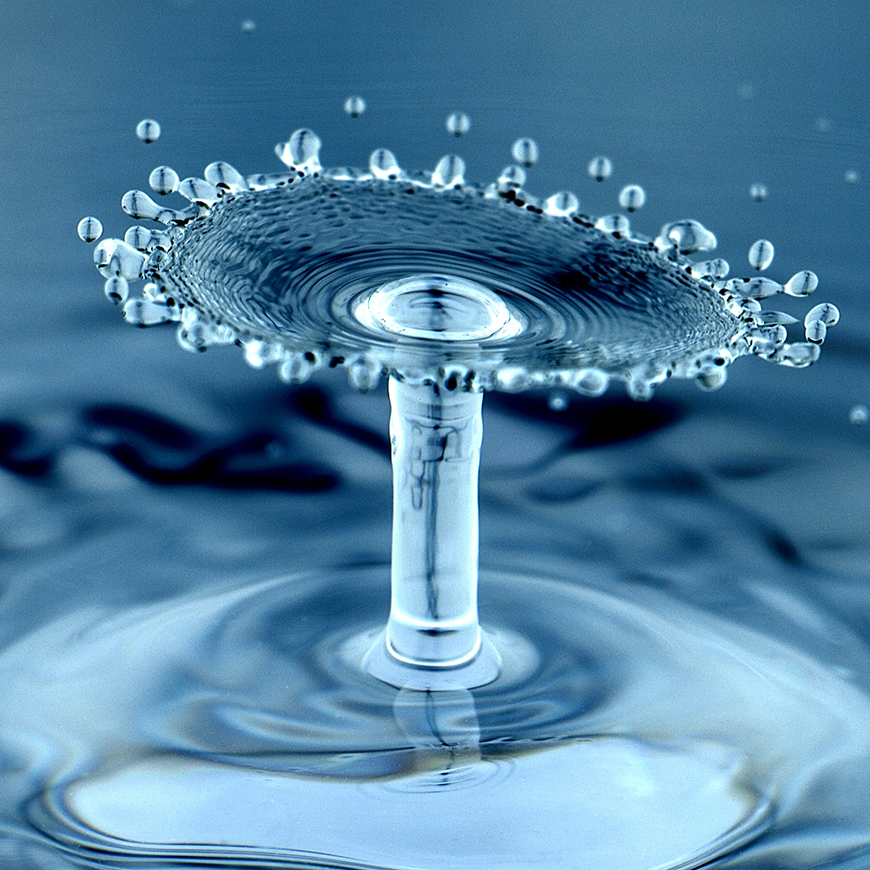
Credit: Linus Mimietz
3. Art and Aesthetics
Not only can scientific photography transmit information to us, but it can also be enjoyed on the level of art.
The natural world and its phenomena are fascinating and beautiful.
Extreme macro photography of insects, microscopic images of complex cellular worlds, and telescopic images of outer space; all show us the wonder of the world around us, and open a window to perspectives we would not ordinarily see.
At its best, scientific photography can profoundly alter our view of ourselves, our world, and our place in the universe. And perhaps space exploration, more than any other field, has multiple famous examples.
Think of the moon landing photographs, the Hubble Telescope’s extreme deep field image of the beginnings of the universe, and the ‘Pale Blue Dot’ photograph of a distant Earth taken from Voyager 1. Think of ‘Earthrise’, taken from the Moon, and often referred to as the first environmental photograph, one that showed people how fragile and precious our planet is.

Credit: NASA
Types of Scientific Photography
Aerial & Satellite photography
Photographing the world from above. It can be used by geologists and geographers to study rock formations or coastal erosion. Satellite imagery can be used for larger processes, for example in research into climate change.
Astronomy Photography
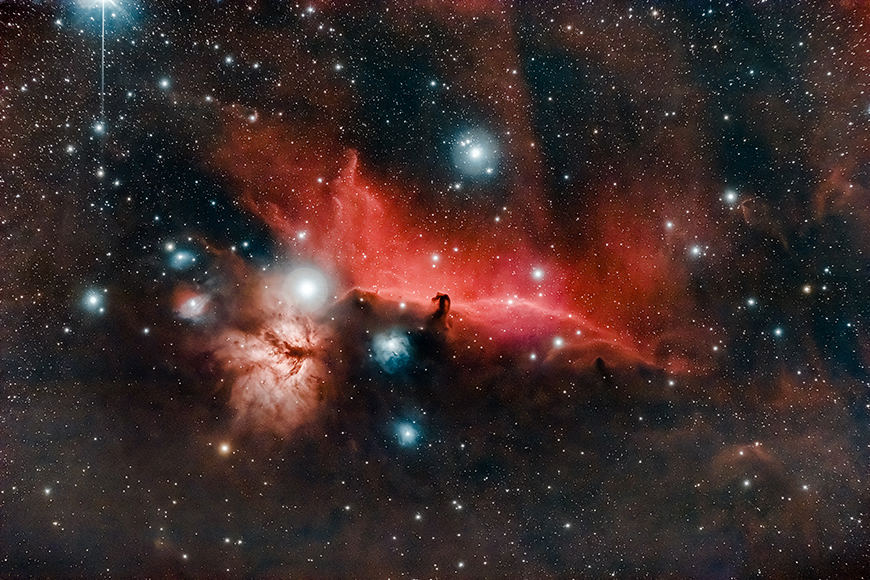
Credit: Gaetan Othenin Girard
Unless these photos are being taken by astronauts or spaceships in outer space, this kind of scientific photography is carried out with telescopes. Used to study stars, galaxies, and other space phenomena.
Biology Photography
This is basically wildlife photography, but although it includes the African savannah wildlife that are the kind of celebrities of this field, it’s not restricted to them. Scientists use this type of photography to study all kinds of animals, birds, and insects. They can look at their habit, migration patterns, mating rituals, all that sort of thing.
Fluorescence Photography
This kind of scientific photography records the glow given off by certain substances when they are irradiated with ultraviolet light. It’s often used on microscopic specimens and can be used to identify fluorescent components, dyes, markings, stains, and specific chemical substances.
Forensic Photography
An important part of law enforcement, forensic photography is the visual documentation of crime scenes. This includes the crime scene itself, any physical evidence, and evidence processed at the laboratory.
High-speed Photography
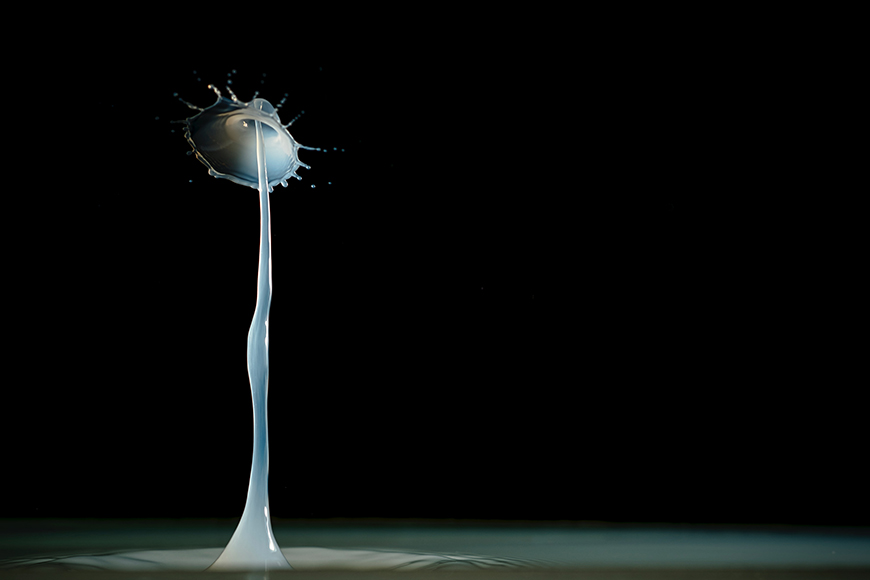
Credit: Robert Boyer
This is the science of taking photographs of very fast things. It can be used to study things that normally move so fast that we cannot understand them without slowing them down. For example, the effect of explosions, the path of bullets, or the movement of water.
Infrared Photography
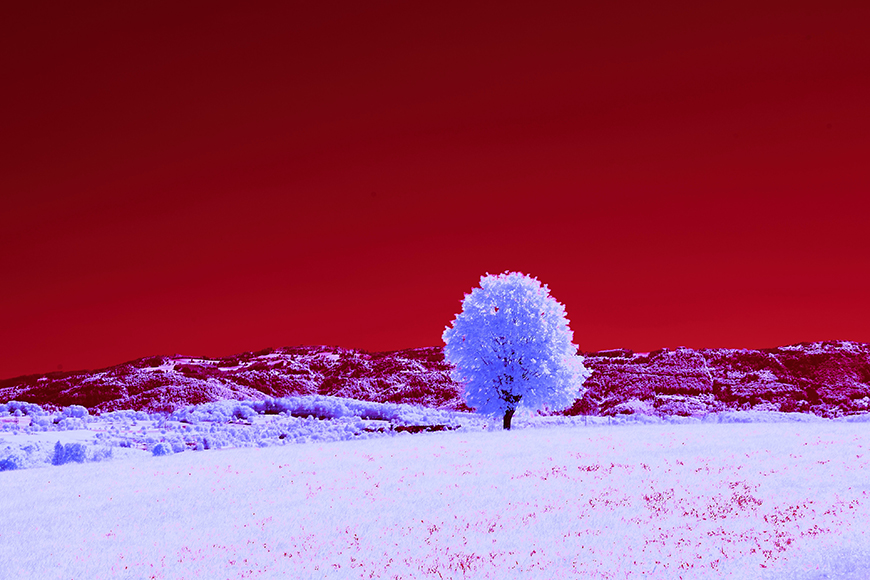
Credit: Wolfgang Hasselmann
Infrared photography involves capturing images using light that lies beyond the spectrum visible to the human eye. It has been used a lot in art, but also by the military for gathering vital intel.
Photomacrography
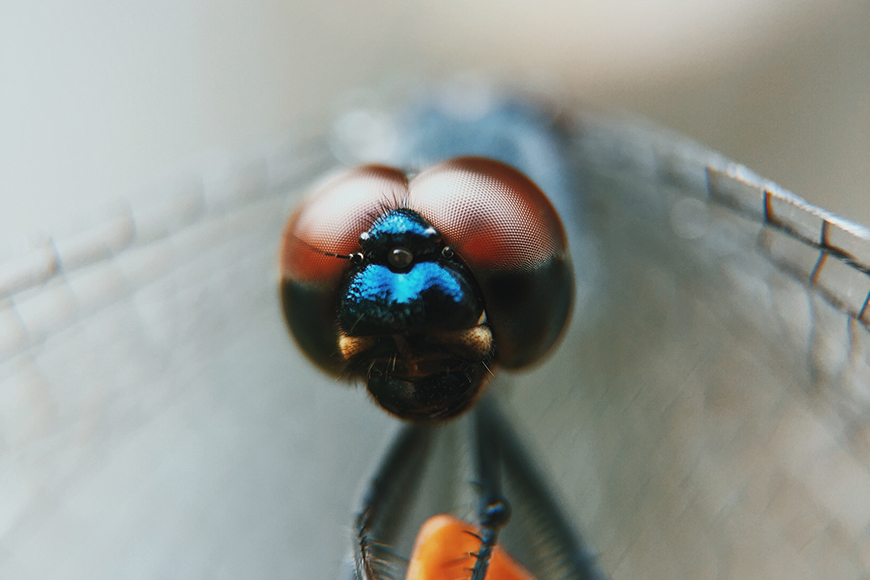
Credit: Alex Perez
This is another way of saying macro photography, and it refers to any photography using more than 1x magnification when using a standard camera, not a microscope. This kind of scientific photography is commonly used to photograph the natural world.
Photomicrography/Microscopy or Microscope Photography
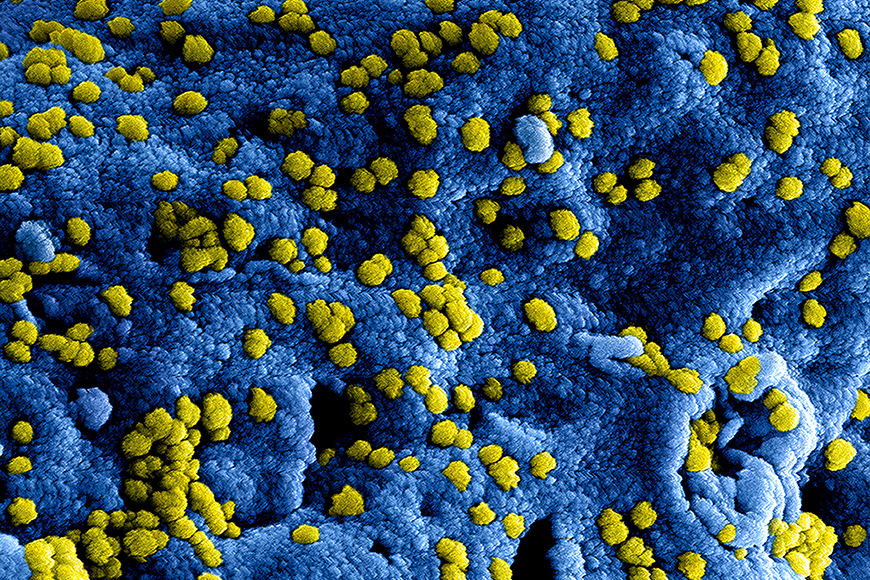
Credit: CDC
The practice of photographing objects under a microscope. It’s often used in various science labs, medical research, and the field of forensics.
Schlieren Photography
Schlieren photography, or Schlieren imaging, is used to photograph fluid flow using a visualisation of pressure fields. It’s usually performed in water or tissue-mimicking media. One of its uses is to study airflow around objects, for example, to use in aeronautical engineering.
Time-lapse Photography
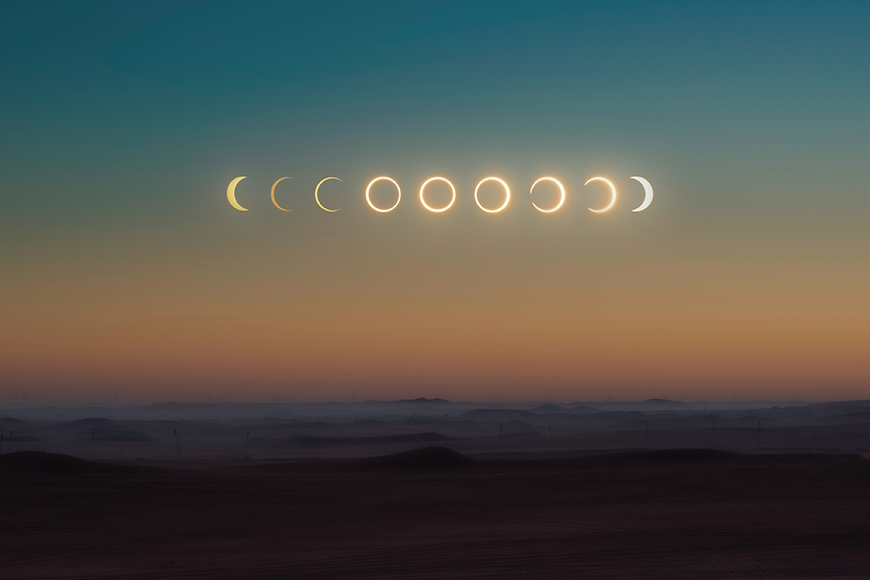
Credit: Abed Ismail
A photographic technique whereby the frequency of frame-capture is lower than the viewing frequency. This gives the viewer the sense that things are happening very quickly. Common uses include showing the movement of celestial bodies and weather formations, the passage of time, and plants germinating and growing.
Thermography
Thermal imaging allows variations in temperature to be seen and, for example, warm-blooded people to show up against colder objects like buildings. Some practical uses for this kind of scientific photography are in the military, and for engineering.
Ultraviolet Photography
This is a photographic process that records images using the UV spectrum only. It is an essential part of forensics and can be used to detect bruises or scars under the surface of the skin, and can show if documents have been tampered with.
What Equipment is Needed for Scientific Photography?
As scientific photography covers such a broad range of photographic fields and use cases, it’s difficult to say in general what kind of equipment a scientific photographer needs.
Professional photographers working in space exploration will need very different equipment from a science photographer documenting microscopic entities in a lab environment.
However, there are some pieces of equipment that as a scientific photographer you’ll surely need, whatever your scientific photography speciality.
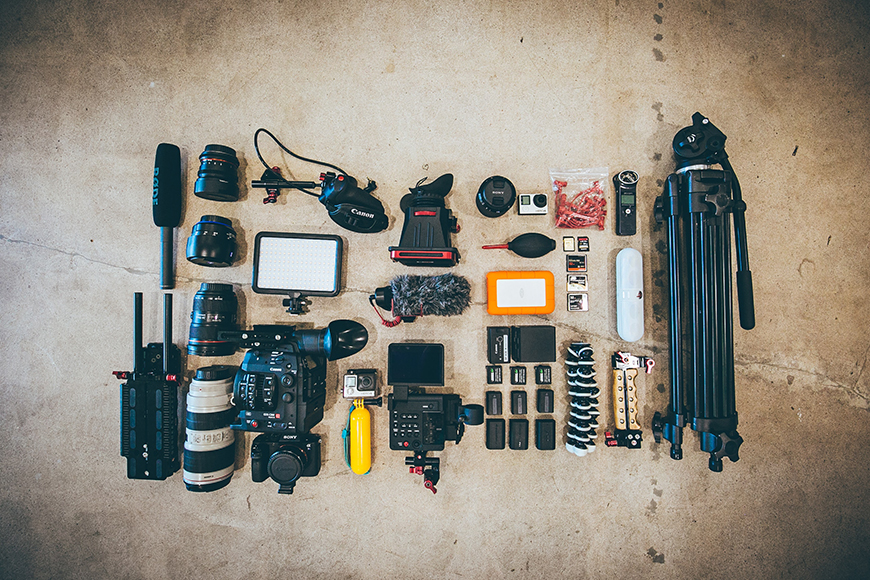
Credit: Jakob Owens
Camera
Obviously, this is a good idea for a scientific photographer. The higher quality the better. A professional DSLR or mirrorless digital camera is what you should aim for.
If you need to be shooting, for example, in infrared, you need to have a camera adapted to that, or at the very least you’d need some infrared filters.
You want something powerful and reliable, that won’t let you down on the job. And you will want a camera that shoots high-resolution RAW files, to give you the most latitude in post-processing.
Lenses
You would need speciality lenses particular to the environment you’re shooting in.
A biology or wildlife scientific photographer would benefit from a zoom lens, a botanist or a forensic photographer from a macro lens.
As with the camera, you’ll want to get the highest optical quality possible, so primes would be the way to go.
Lighting
Regardless of your field, even light will probably be necessary in some way.
If you’re photographing specimens in a lab you will need to control your lighting using perhaps LED lights or a studio setup.
A forensic scientific photographer will need a good flash, both for on-camera flash and off-camera flash when shooting handheld, and possibly a portable studio-style kit to illuminate poorly lit crime scenes from several angles.
Tripod
You’ll need crisp, sharp, in-focus shots as a scientific photographer.
In a lot of the relevant fields, you won’t be shooting things that are moving, or you at least won’t be tracking them as they move.
Often your camera will need to be stable, so it needs to be on a solid, reliable tripod, and one that can be well-adjusted to every situation.
You’ll also need a remote shutter control, so that you don’t have to touch the camera to take a picture, thereby eliminating camera shake.
Additional tools
Depending on which type of scientific photography you’re involved in, you may need to buy other specialist equipment such as microscopic lens adapters or telescope mounts.
Techniques Used by Scientific Photographers
Macro Photography
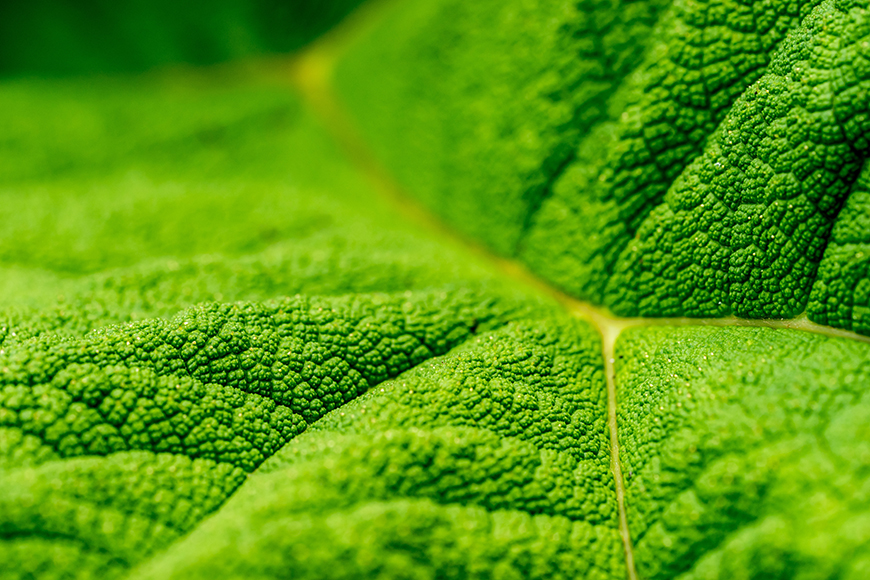
Credit: Stefan Steinbauer
Used for taking close-ups in nature, medicine, and biological photography. When things need to be magnified to be studied, this is the first technique to go to.
Astrophotography
Astro-photographers capture the cosmos through telescopes. These kinds of photographers need to be adept at specialist post-processing techniques to, for example, bring out colours in nebulae.
Microscopy
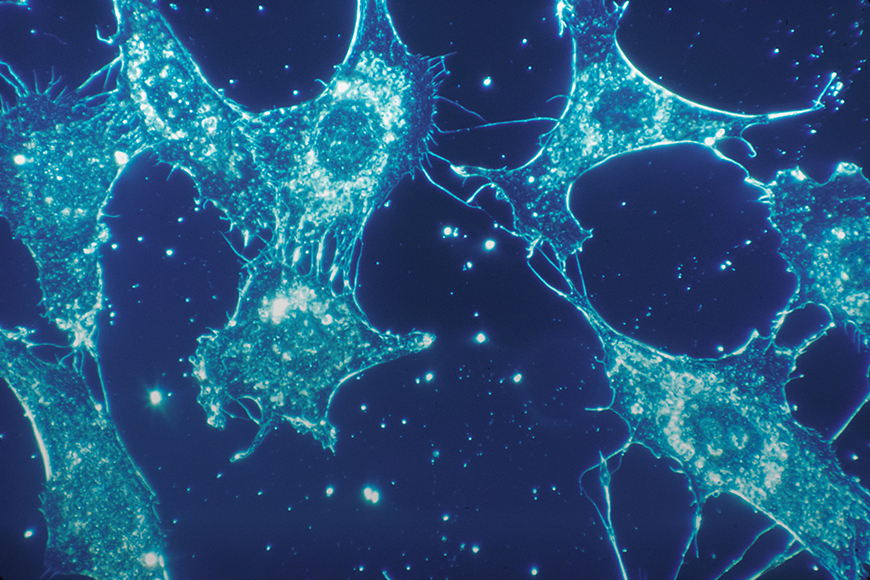
Credit: National Cancer Institute
This is photography at high magnifications, shooting the smallest of things, from cells to microorganisms, under microscopes.
Time-lapse
A very useful photographic technique in many fields of scientific photography. This technique allows you to observe slow processes by speeding them up.
High-speed Photography
High-speed photography allows you to freeze fast actions that would be otherwise invisible to the naked eye. It can help with researching, for example, fluid dynamics, and explosions.
Thermography
Thermal imaging shows the relative heat signatures of different objects. It’s used in military operations and engineering, among other fields.
Aerial and Drone Photography
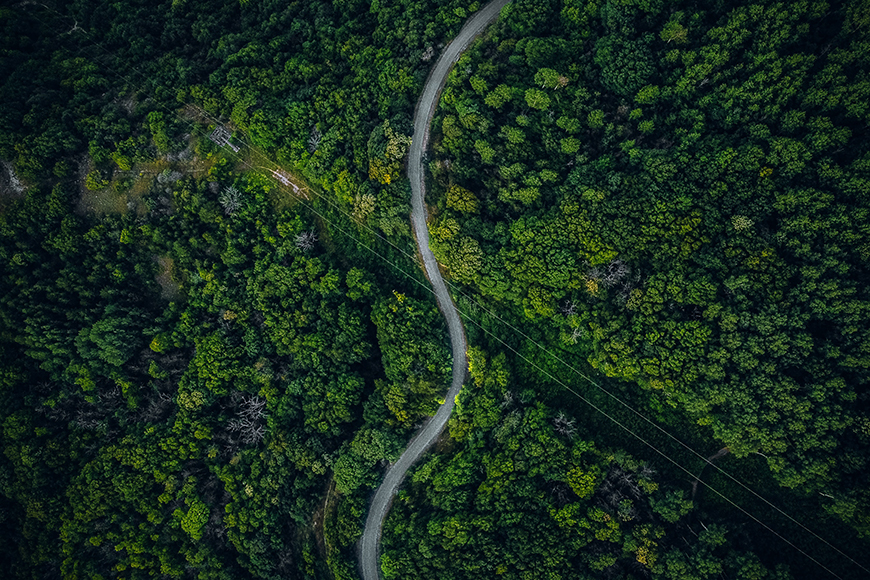
Credit: Peter Avramoski
With the advent of drones, a new way of creating images to look at landscapes and the environment has become accessible. Geologists and engineers are among those who would use this science photography technique.
3 Famous Scientific Photographers You Should Know
Harold Edgerton
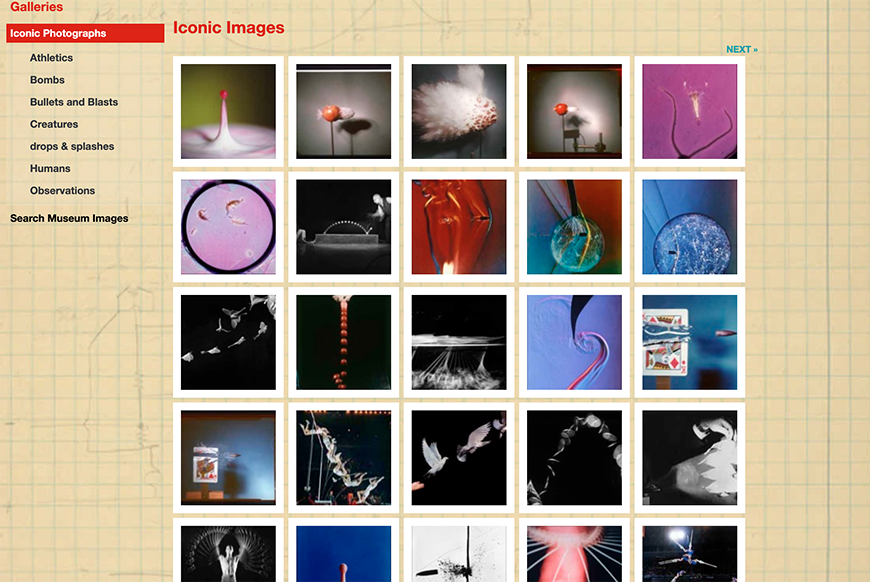
Harold Edgerton Archive
An engineer and pioneering photographer who invented a flash system to capture things moving faster than the naked eye can perceive. Harold created many iconic images.
Felice Frankel
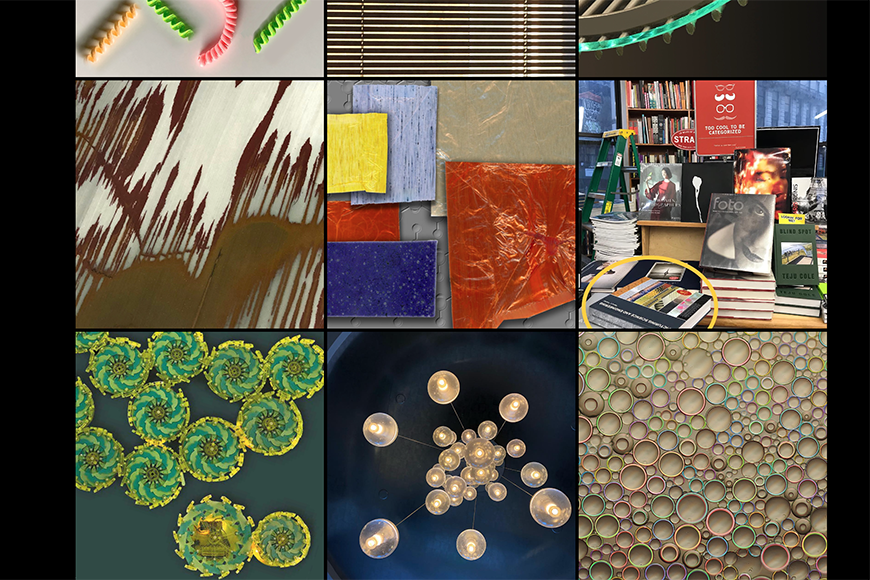
Felice Frankel Instagram
A research scientist and photographer working at MIT. Her work strives to use images to explain scientific concepts.
Eadweard Muybridge
The father of time-lapse photography, with a particular interest in studying animal motion.





